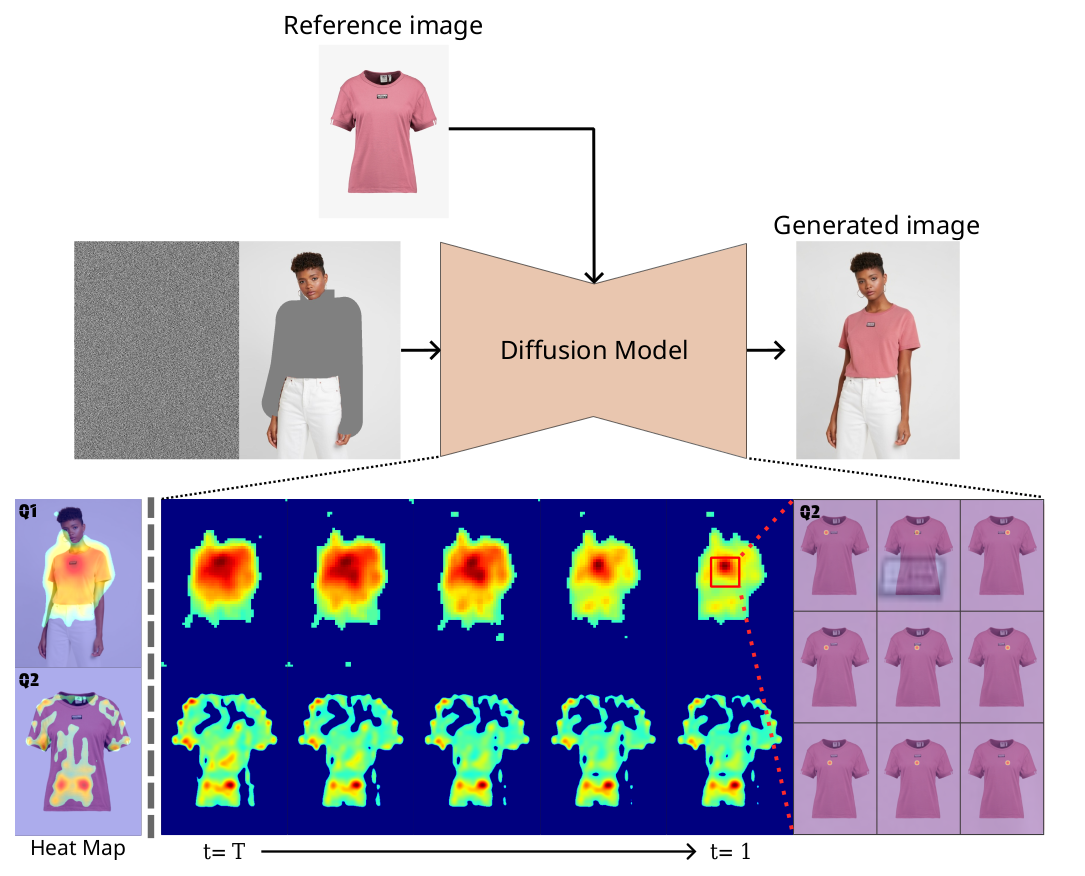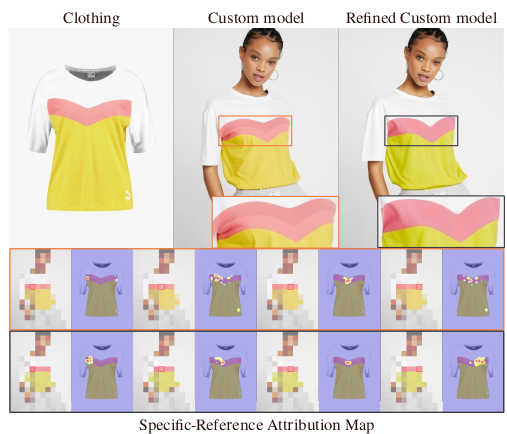I2AM: Interpreting Image-to-Image Latent Diffusion Models via Bi-Attribution Maps
The Thirteenth International Conference on Learning Representations (ICLR), 2025
Posted by : Junseo Park on
Category : conference

🚀 "Interpreting Image-to-Image LDMs via Bi-Attribution Maps" 🌟
Context
- Large-scale diffusion models have achieved significant advancements in image generation, particularly through cross-attention mechanisms.
- While cross-attention has been extensively studied in text-to-image tasks (e.g., DAAM), its interpretability in image-to-image (I2I) diffusion models remains underexplored. To address this, we introduce Image-to-Image Attribution Maps ($\text{I}^{2}\text{AM}$).
Problem
- The interpretability of I2I diffusion models is insufficiently explored.
- Applying text-to-image attribution/attention methods to I2I models often results in uninterpretable maps due to the contextual continuity of reference images (vs. DAAM).
Proposed Method
- We propose a bidirectional attribution analysis guided by two key research questions:
- Q1: “Which regions of the generated image are most influenced by the reference image?” — exploring how the model utilizes the reference image during generation.
- Q2: “Which parts of the reference image contribute most to the generated image?” — assessing how well the model captures and transfers critical details from the input.

- $\text{I}^{2}\text{AM}$ aggregates cross-attention scores across time steps, attention heads, and layers to provide insights into feature transfer between images:
- ULAM (Unified-Level Attribution Map): Integrates time, head, and layer scores to reveal overall trends.
- TLAM (Time-Level Attribution Map): Tracks image generation processes over time.
- HLAM (Head-Level Attribution Map): Analyzes attention score distributions across heads, highlighting diverse information capture.
- LLAM (Layer-Level Attribution Map): Explains how input features are processed and transformed at each layer, guiding model performance improvement.
- SRAM (Specific-Reference Attribution Map): Highlights regions in the reference image contributing to specific patches in the generated image.
Result
- The top attribution map shows how different areas of the generated image are influenced by the reference image (Q1). Conversely, the bottom map demonstrates how different regions of the reference image contribute to the generation process (Q2), and the right map illustrates which reference information was extracted during the generation of that cell.

- $\text{I}^{2}\text{AM}$ demonstrates effectiveness across object detection, inpainting, and super-resolution tasks, successfully identifying key regions critical to output generation even in complex scenes.


- We also introduce the Inpainting Mask Attention Consistency Score (IMACS), a novel metric that evaluates alignment between attribution maps and inpainting masks, showing strong correlation with existing performance metrics.

- Extensive experiments validate that $\text{I}^{2}\text{AM}$ supports model debugging and refinement, enhancing both the performance and interpretability of I2I models.
